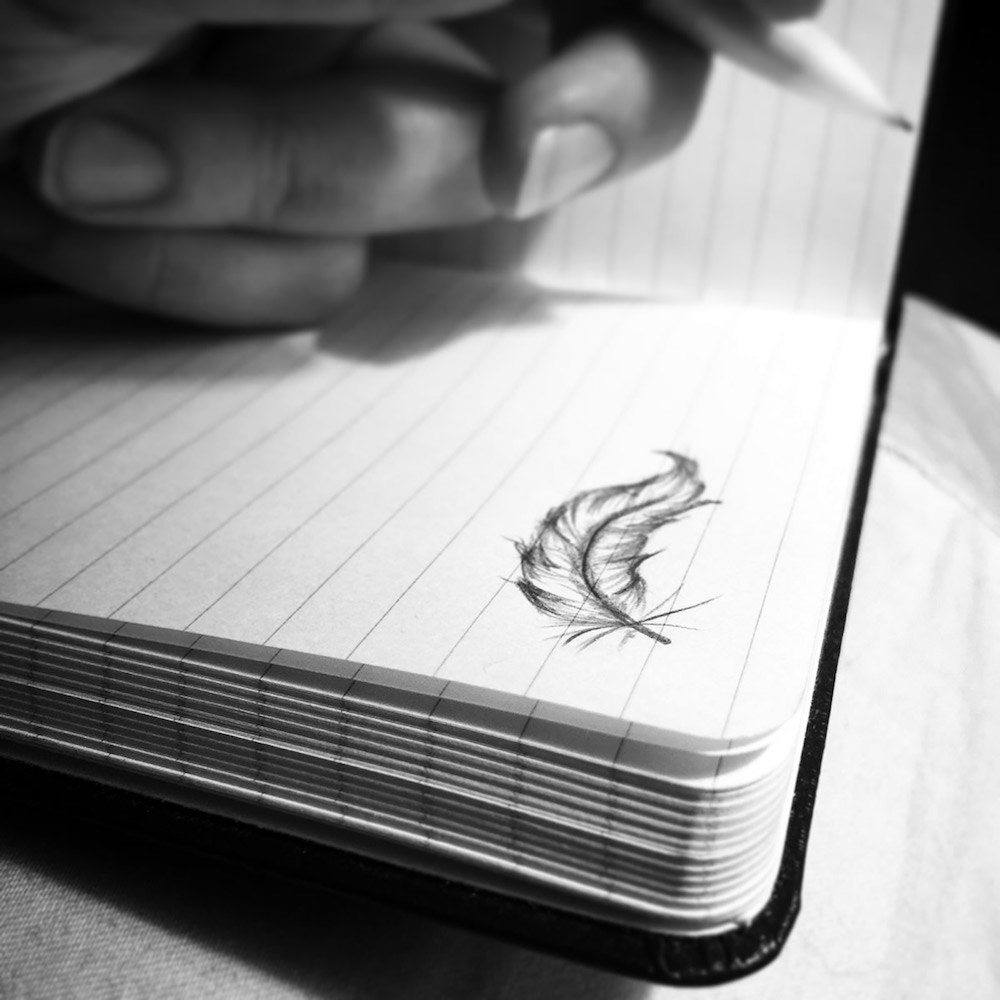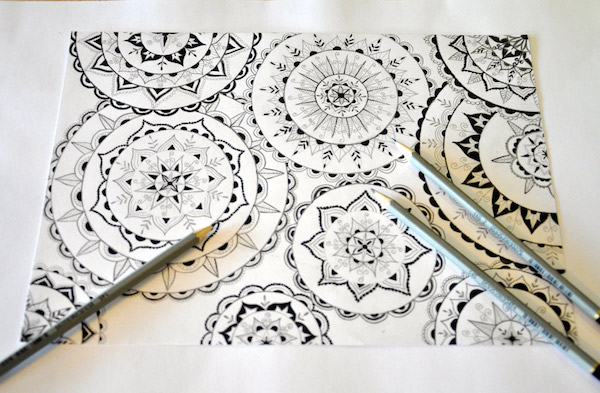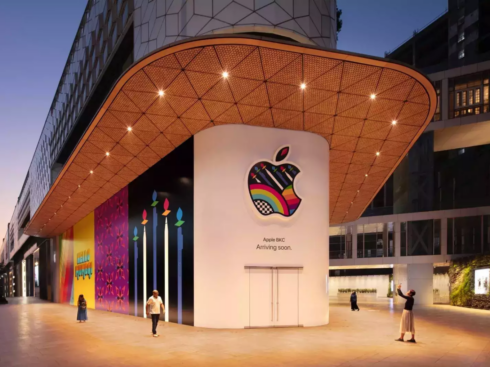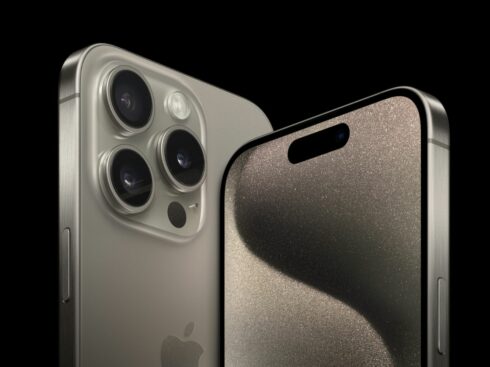
Raise your hand if you are guilty of doodling. Don’t worry — our hands are up, too.
If you’re an artist, a mobile app designer, or a dreamer, it’s likely that you’ve been caught by a teacher (or supervisor) at some point, doodling pictures of figurines, comics, or the most recently deceased character on Game of Thrones when you’re supposed to be taking notes.
It’s an understandable reaction on the part of the scolder, who doesn’t feel like you are paying attention — but for some, the act of doodling just happens. Their hands are constantly moving, shaping, or creating something. Like drummers who are always tapping on things. When we doodle, we are communicating, even if it’s only with ourselves.
Doodling gets a bad rap, but looking at ancient hieroglyphics, one could argue that drawing has been an essential part of communication since before written words.
Some people even claim that it helps them retain information during mundane tasks — and yes, lectures and meetings fall under that category sometimes. As it turns out, there is some evidence backing up the positive benefits of doodling and we think that mobile app designers should get in on this.
Doodling: The Opposite Of Daydreaming
In 2009, the Journal for Applied Cognitive Psychology published a study by Jackie Andrade that looked into the effects doodling had on retaining “dull” information. Researchers observed 40 people who listened to a voice message detailing the names of party attendees. Through random selection, half of the participants were told to doodle (specifically to shade “printed shapes”) as the message played, while the other half were told to simply listen.
Afterward, participants were given a pop quiz: Who was coming to the party? It may be surprising to some that the group of doodlers recalled 29 percent more information from the voice message than the group assigned to listen only.
But how could that be? The doodling group wasn’t even paying attention! Andrade posed that perhaps the doodling group wasn’t daydreaming, which meant that their brains were present and could process the information. Could it be that doodling kept the listeners’ brains active so that they didn’t slip away to their daily to-do lists or what they were going to have for lunch?

(Doodling can be both restorative and relaxing, regardless of whether your drawing is intricate or messy.)
When Doodling Competes With The Task At Hand
Andrade’s assumption wasn’t fleshed out. It was simply a question she left for future researchers that posed many questions itself. The doodling group in her study was shading shapes that were pre-printed, so does that mean that drawing an actual picture could take more cognitive power and therefore, would have the opposite effect? What if the task at hand was not mundane at all?
A 2012 study at the University of British Columbia looked into one of these unexplored aspects in Andrade’s research. What effect does doodling have on retention if the information that requires retaining uses the same neurological pathways as the doodling itself?
For the purposes of this study, Elaine Chan showed 14 participants a series of photos. Half of the group was then instructed to doodle while viewing the images. Moments after the images were shown, the participants were quizzed on their memory of them. Unlike the previous experiment, the doodling group performed worse than the control group. Chan argued in her conclusion that “multitasking in activities which require the same primary modality as that of the main task can have a negative effect on the amount of information processed and retained.”
Don’t worry if you can’t make yourself jump on the doodling bandwagon. Just like some (lucky) students can study with the TV on and get straight As, others need complete silence. People need to figure out what methods work best for them. But for managers, keep this in mind if your mobile app designers are doodling during your next planning meeting. They might be paying more attention than the people staring blankly ahead.
The Colouring Book Revolution
Doodling isn’t the only way to affect your brain’s cognitive function. You may have noticed adult colouring book sales exploding in the past couple years. It seemed to catch on like wildfire, with adults all over the country stocking up on coloured pencils and getting in on craft time with their kids. Before long, people began claiming that colouring relaxed them. Work groups started colouring at lunch time.
Even health care authorities reported on the craze, making sure to point out its many benefits, including the calming effect it has on our brains. Dr. Scott M. Bea, clinical psychologist at the Cleveland Clinic, says that colouring is a “simple activity that takes us outside ourselves. In the same way, cutting the lawn, knitting, or taking a Sunday drive can all be relaxing.”
Bea likens colouring to meditating: it turns attention away from ourselves and our busy brains. When we are colouring, Bea says the “difficulties of life evaporate from our awareness,” allowing our bodies and minds to relax a little bit. But it was his final point about the benefits of coloring that reminded us a lot of doodling.
He says that the stakes are pretty low when it comes to coloring. As in, it’s hard to do a “bad job” and therefore, there are no consequences if we don’t color inside the lines or make an odd color choice.
Following similar logic, Sunni Brown, author of The Doodle Revolution, gives “no points for the aesthetic quality of a doodle.” Brown believes that how “good” or “pretty” a doodle is has nothing to do with… well, anything. Instead, she sees doodling as a way to develop concepts, so even if the doodle is visually hideous, the experience is no different for the creator — the doodler may still have gleaned insight or learned something new. For this reason, Brown is adamant about encouraging everyone to doodle, rather than only skilled artists.
So How Can Doodling Make You A Better Mobile App Designer?
When we get overwhelmed and overloaded, our brains can’t do their jobs. Our work tends to suffer, we have a hard time concentrating, and we might miss deadlines as a result. Even our command centres, which are quintessential multi-taskers, need the occasional break — so an activity like doodling or coloring, that might appear to be a waste of time or a distraction, could actually be having the opposite effect.
Brown poses that doodling can open your mind to new things, whether they are simple ideas, alternate designs, or a complex new neural pathway — and this concept can be easily applied at work. Mobile app designers are frequently working with tight turnaround times and strict deadlines. Working that hard for long periods of time is draining for anyone, which is why it’s important to take vacation time, right?
If we believe and understand the positive benefits of taking time out to relax, perhaps we should apply this concept to doodling. If doodling is both restorative and rejuvenating for our brains, maybe we should think of doodling as a mini maintenance vacation. Like when you take time off work, but don’t actually travel anywhere. Instead, you stay at home and binge watch an entire TV series on Netflix.
Being An Adult Doesn’t Mean You Have To Stop Doodling Or Colouring
Both coloring and doodling are often viewed as a waste of time — for adults. As children, our parents would beg us to sit still for a while, engrossed in literally anything.
They’d shove crayons and paper in front of us, hoping that we’d be interested in the activity. No one cared if the colour stayed inside the lines or if it was impossible to decipher the objects in the drawing. They hung it up on the fridge anyway and told us how beautiful it was.
Bea believes that if activities such as doodling and colouring were enjoyable for you as a child, they likely will be as an adult, as well. Creative types are essentially tapping into the fun, wild, and free feeling within them that was encouraged when they were children. Why should that change when we grow up? Being an adult doesn’t have to mean giving up everything you found exciting as a child. That’s why you’re a mobile app designer, right?
Don’t let people make you feel guilty for doodling or colouring. Instead, embrace it as a way to let your brain restore and rejuvenate itself, which will make you a better mobile app designer in the end. Are you waiting for a meeting to start? Maybe this is a good time to draw a little bit. After all, you never know which doodle will be the inspiration for your next mobile app design.
[This post first appeared on the Proto.io blog and has been reproduced with permission.]


























